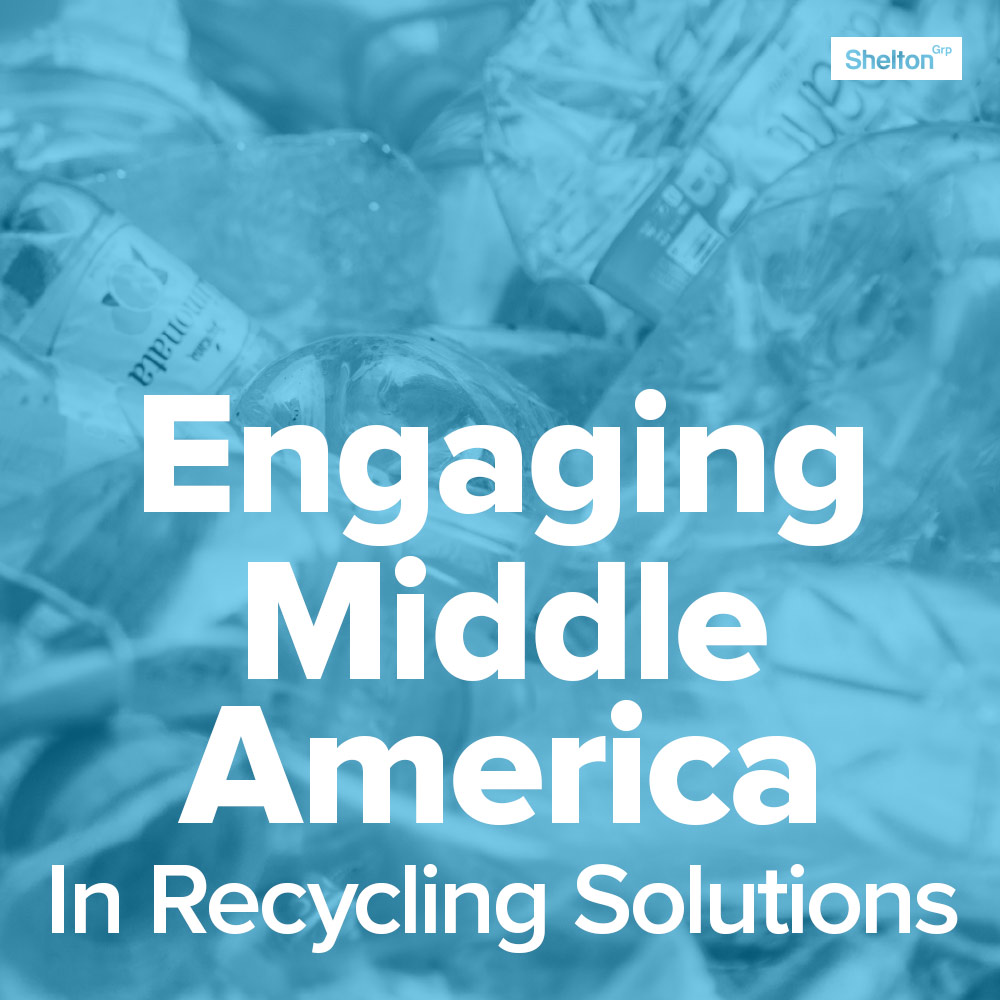“Home Town” versus home base: rethinking how we think about home
Shelton Stat of the Week
Nearly one in five of the Americans who are more concerned about indoor air quality because of COVID-19 have consciously purchased greener HVAC equipment.
Full disclosure: I have not consulted Merriam-Webster for official definitions of the terms home base or hometown or to see if the two-word variation Home Town is an emerging idiom. But in my view, a home base is a place you operate out of. You check in, take care of some people and things, and then you scatter. A hometown is the place you’re from. It’s a part of you. (As one of the handful of get-to-know-you questions a new acquaintance might ask, “Where are you from?” partially defines you.)
I suggest that our homes are moving away from being a home base and moving towards being a Home Town – a hometown in miniature.
Data from both the American Institute of Architects (AIA) and Home Improvement Research Institute (HIRI) points to the idea that Americans are thinking about their homes as immersive experiences – a place they’re a part of versus a place where they touch down (and FYI, HIRI actually uses the term Home-Basing to mean what I’m referring to as Home-Towning). The data shows that Americans are building (or renovating) like mad to make their homes work better for them by including amenities such as mud rooms, studios and offices, and critically, systems for better indoor air quality (IAQ).
We’ve long seen that health and air quality are more potent messaging directions to motivate Americans to make their homes more energy efficient. And our 2020 Echo Pulse® data reveals that 18% of Americans are more concerned about indoor air quality than they were before the pandemic (and 62% were concerned before COVID-19 hit). Using the Home Town analogy: you wouldn’t want to be from a place that’s infamous for its toxic waste dump, and average Americans are realizing that they shouldn’t live in a home that has the airborne equivalent either.
Here’s the point I’m trying to make:
If you’re in the business of making products for a home, or if you build or remodel more efficient, more sustainable homes, then follow the Home Town analogy a little further and use it to frame your marketing and communications efforts. In other words, what makes you proud to say where you’re from? Is it the warmth of the people? Maybe it’s their grit and work ethic or maybe their friendliness and willingness to help. How about the natural beauty of the place you’re from? Does thinking about your hometown conjure up images of endless summer days, lazy Sunday afternoons, or cheering on a high school team? All these emotions and feelings should be captured in your marketing efforts – even when you’re talking about something as technical as R-values and SEER ratings.
What’s got me thinking about all of this? It turns out I’m the mom of a nine-year-old homebody. A month into the pandemic, I told her how proud I was of her for handling all the inconveniences of the lockdown so well, and she looked at me blankly and said, “What inconveniences?” She loves being at home, and the fact that the pandemic has made that mandatory is a GOOD thing to her. When she’s my age, I think she’ll look back and think of our home the way you might think of your hometown. It’s definitely not a home base or a launching pad to the next activity. It’s the place that has everything she needs – a room dedicated to family foosball and movies on a big screen; endless high speed internet where she now connects with her friends via FaceTime and engages in “pretend play” in online games the way they would if they could be in person; warm, cozy spaces with, yes, good IAQ, thanks to all the work we’ve done to make it so; and a safe neighborhood for bike riding and dog walking together. It’s her Home Town.
If you’re in the high-performance home space, THAT is what you’re really selling. And as the home industry rapidly morphs to accommodate the new at-home-all-the-time reality, think about your marketing as letterpress postcards from your Home Town or as a tourism campaign designed to lure someone to a place they’d never want to leave.

Keeping indoor air clean can reduce the chance of spreading coronavirus – The Conversation
Clean, healthy air promotes a safer house and more livable home. According to an article in The Conversation, a forum for publications by academic experts, the vast majority of COVID transmission occurs indoors, mostly from the inhalation of airborne particles. Bringing in fresh air is especially important, but according to the author, who is an indoor air quality expert, “If you are worried that your home ventilation is still too low, air filtration can offer another layer of safety.” It’s also a way to bring your home one step closer to high performance. Read more…

6 ways to keep your COVID-19 home renovation project on solid footing – Forbes
So, you’ve made the decision to transform your home into a beautiful stay-in-place sanctuary during the pandemic. Forbes offers six suggestions to help ensure quality construction work and a better home improvement experience. For example, good planning is key. “Don’t just reach out and grab [any contractor],” says Tom Ashley, Chairman of the National Association of Home Builders Remodelers Council and a partner at Expand, Inc. “People want to jump to the work first. The painful part is getting through that process of figuring out exactly what you want and how much it’s going to cost.” Read more…
Engaging Middle America In Recycling Solutions
Before COVID-19, 41% of Americans wanted to be seen as someone who buys green products, and many could cite an example of a brand they’d purchased (or not purchased) because of the environmental record of the manufacturer. Now, in the middle of the pandemic, the numbers have dropped dramatically. The big question is, what does this mean for engaging Americans in their number one green activity: recycling? Another question is, what does it mean for companies’ sustainability brand?
Our latest report answers these questions by digging into current consumer attitudes, how they impact consumer behavior, and how organizations should respond to ensure recycling – and other green behaviors – keep happening.


TAGS: